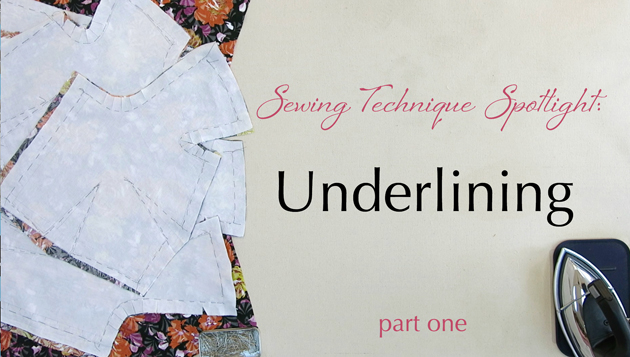 Have you ever wondered if there is an easy way to make your handmade garments look professional instead of home-made?
Have you ever wondered if there is an easy way to make your handmade garments look professional instead of home-made?
A sewing technique called underlining might be the answer. It is often an ah-ha moment when someone finally grasps the concept and value of underlining, which is quite possibly my all-time-favorite go-to technique.
Underlining is a method that many seem to think is saved for “advanced” makers or “couture” garments. Yet, there is no reason why you can’t use this technique as a beginner or on a casual garment. If quality is your goal, I think underlining is the secret step that actually makes everything else about sewing easier.
In researching this lesson, I weeded through a lot of conflicting and bad information. This inspired me to share the details of the way I was taught while working in professional and Broadway workrooms and why I absolutely love this technique.
Through a series of three posts and a video, I hope to solve the mystery as to exactly what underlining is, what it does, and how to do it.
First things first, what is underlining? Is it different from a lining?
So you probably know what a lining is. Adding a lining to a garment is basically adding another version of the garment, that is sewn together separately, turned inside-out, and then attached to the inside of the garment. Much of a lining hangs freely and it encases the inner construction of the garment for a clean finish inside.
Underlining is different. While underlining is a layer of fabric that is added to the inside of the garment, it is not made separately, does not hang freely, and does not encase any inner construction.
Underlining is simply joining each piece of your fashion fabric with a “backing” fabric while it is still flat, so that the two fabrics act as one throughout the construction process and throughout the life of the garment.
Underlining does not encase or hide the construction details, since the two fabrics end up working together as if they were just one. If you would like a clean enclosed finish inside of something that has been underlined, you would still have to add a lining, just like you would to any other garment.
Almost all of my custom garments are both underlined and lined. It’s very luxurious, but not hard to achieve!
So the most important question is: Why underline?
There are so many reasons to underline a garment, that it is harder for me to find a reason not to! It takes almost any fabric from fair to fab.
* Have you ever had a fabric that you just loved, but it was too <flimsy/ lightweight/ drapey/ unstable/ sheer/ delicate/ thin> for the garment you wanted to make?
For me, the answer is yes, almost 100% of the time. I almost always want to give my fabrics a little more oomph and strength, and underlining is a great way to achieve this.
* Have you ever wanted to hide <markings/ bone casings/ facings/ interfacings/ hand stitches/ hems/ pockets/ seam shadows> from being seen on the public side of the garment?
Underlining is also a great way to achieve this!
* Have you ever wanted to change the character of a fabric?
* Or even the color tint of a fabric?
* Or improve the quality or prolong the life of a garment?
Honestly I could go on and on…
Underlining helps absorb perspiration, reduces wrinkling, can add strength, can add warmth, prevents fabrics from being over-handled during construction, can make a so-so fabric look and sew like an expensive fabric…
Underlining allows you to give your fabric more of the characteristics of fabrics that you love, while making the garment more comfortable, more professional-looking, and longer lasting.
It’s really a winning technique!
What fabrics are good underlining fabrics?
You get to choose! While you think of lining fabrics as thin and slippery, underlining fabrics can really be anything. Take a sample of your fashion fabric and drape it over your hand paired with other fabrics. See how the two work together, use a little critical thinking, experiment and choose what works best for your particular project.
Want your fashion fabric to be stiffer and have a lot of body? Try a layer of silk organza.
Want to add a little strength while keeping softness? Try cotton flannel or batiste.
Want to beef up a drapey fabric? Try silk crepe de chine.
Do you love the hand of the fabric, but just wish it were thicker? Underline it with a layer of itself!
Ready to learn more?
In my next post, Sewing Technique Spotlight: Underlining (pt. 2):
I’ll discuss the benefits of using my favorite underlining fabric (plain ol’ muslin!) and then I’ll demonstrate (in a video!) exactly how to do this valuable technique.
A condensed version of this series can be found in my Seamwork Magazine article “Under Construction.”
Visit my Classes Page for info on online courses and more! https://brooksann.com/classes/


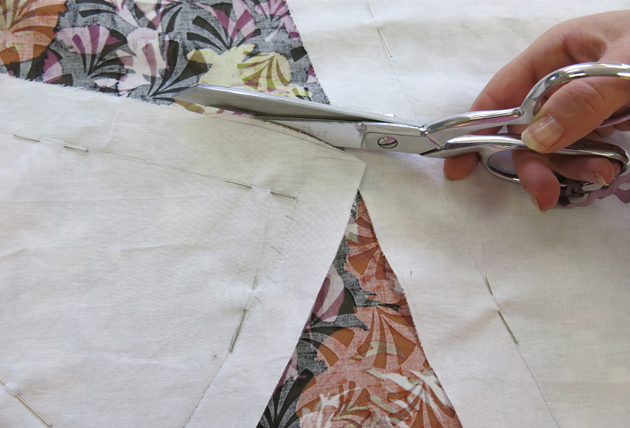
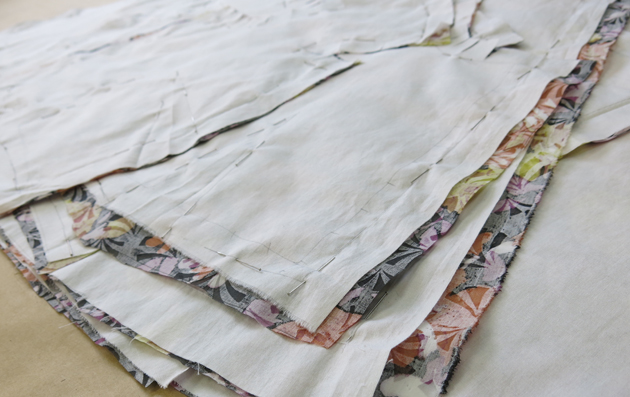
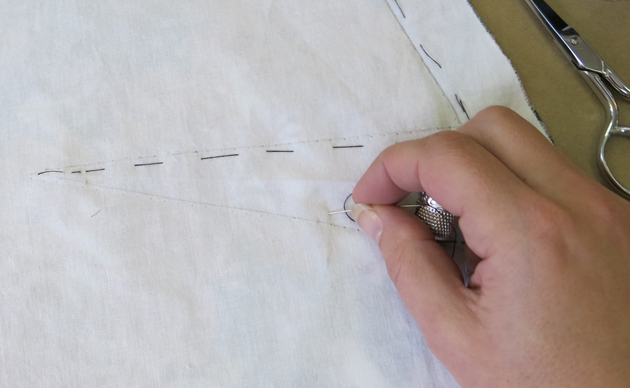

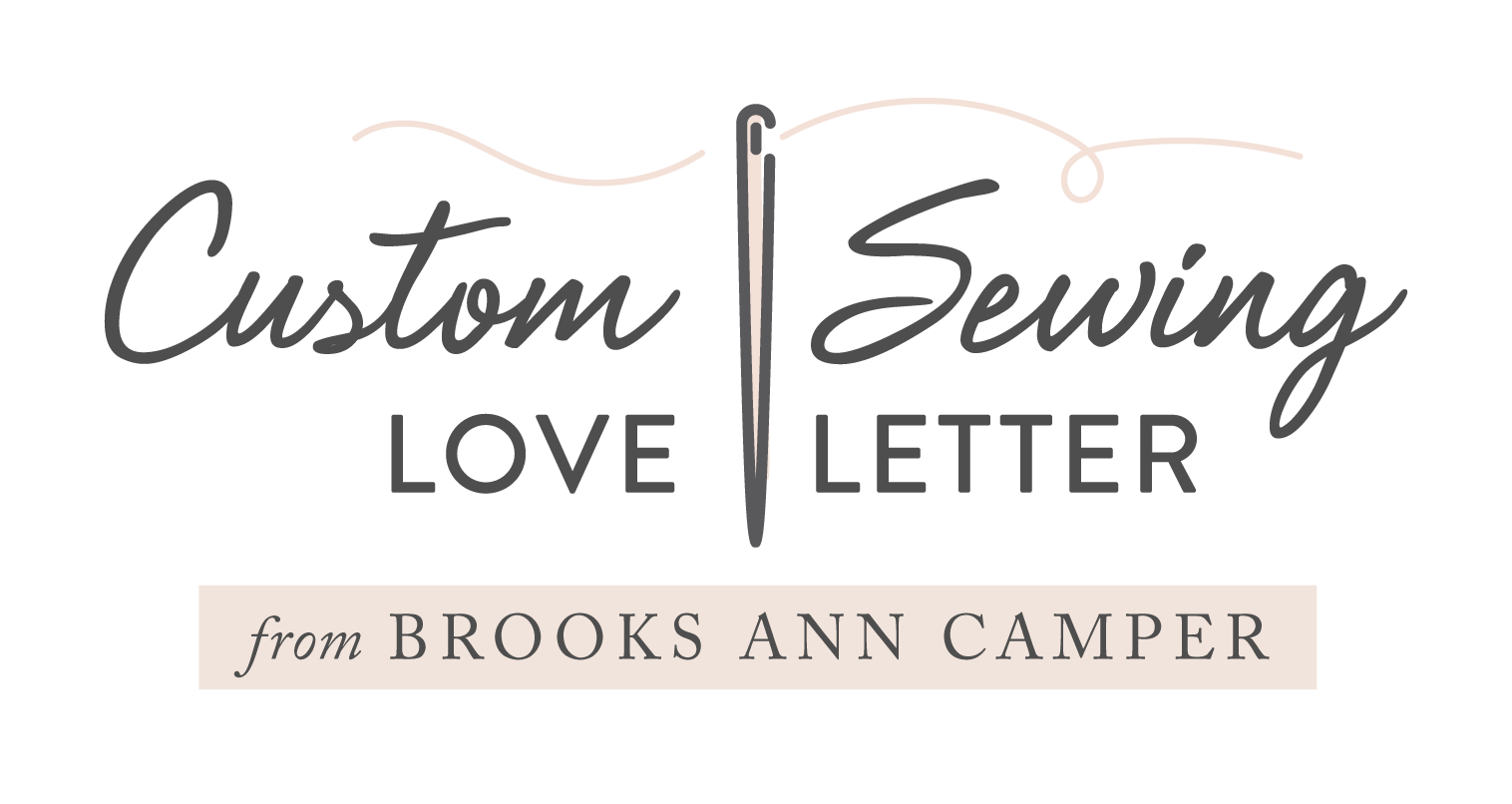
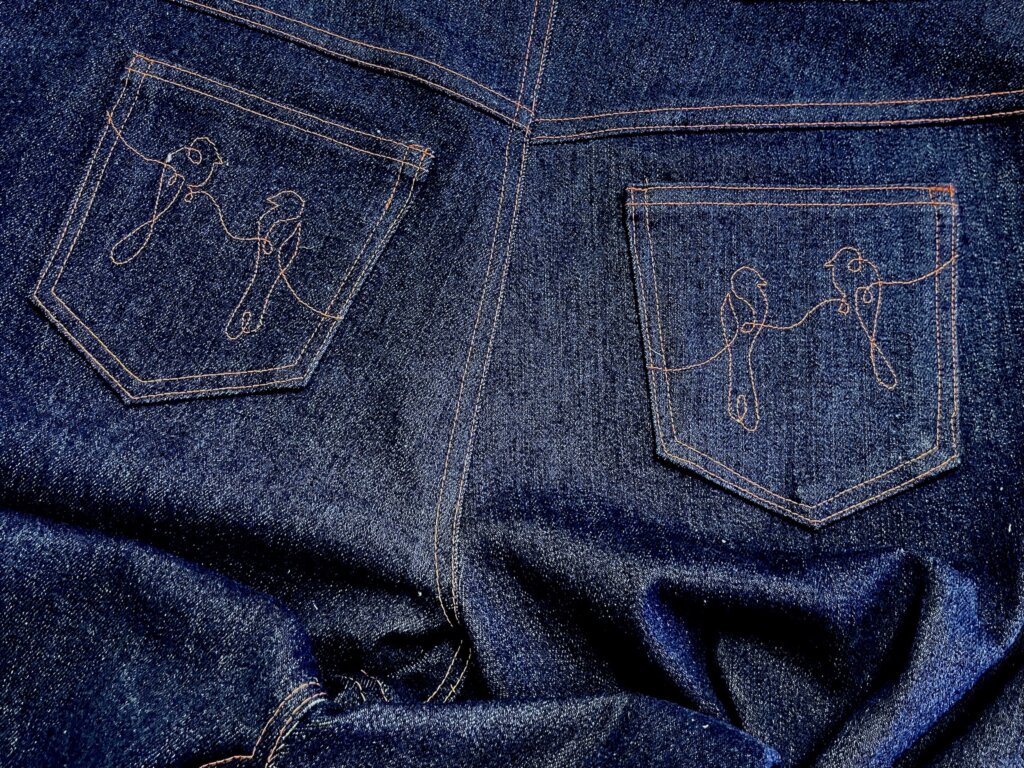

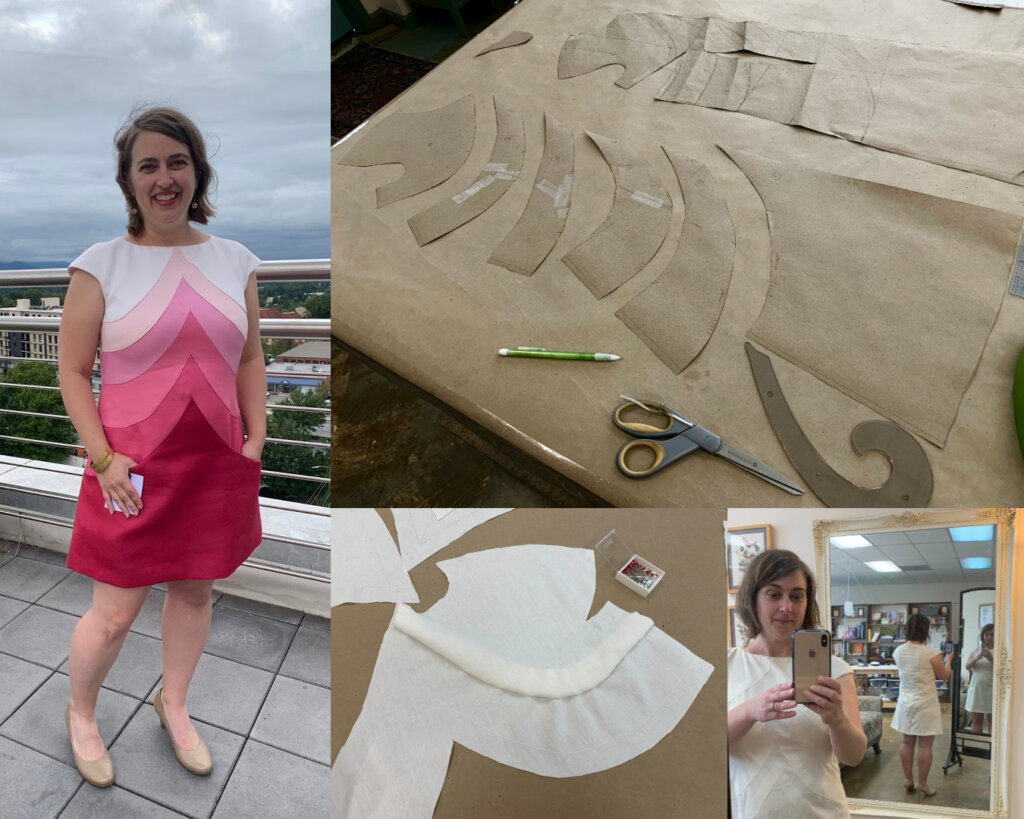

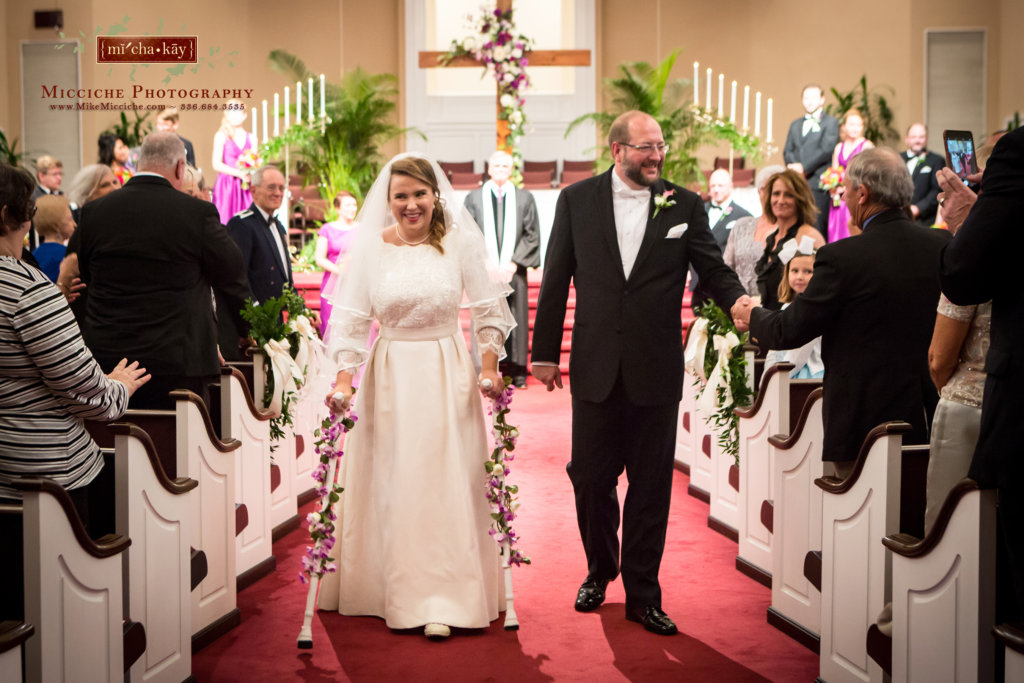
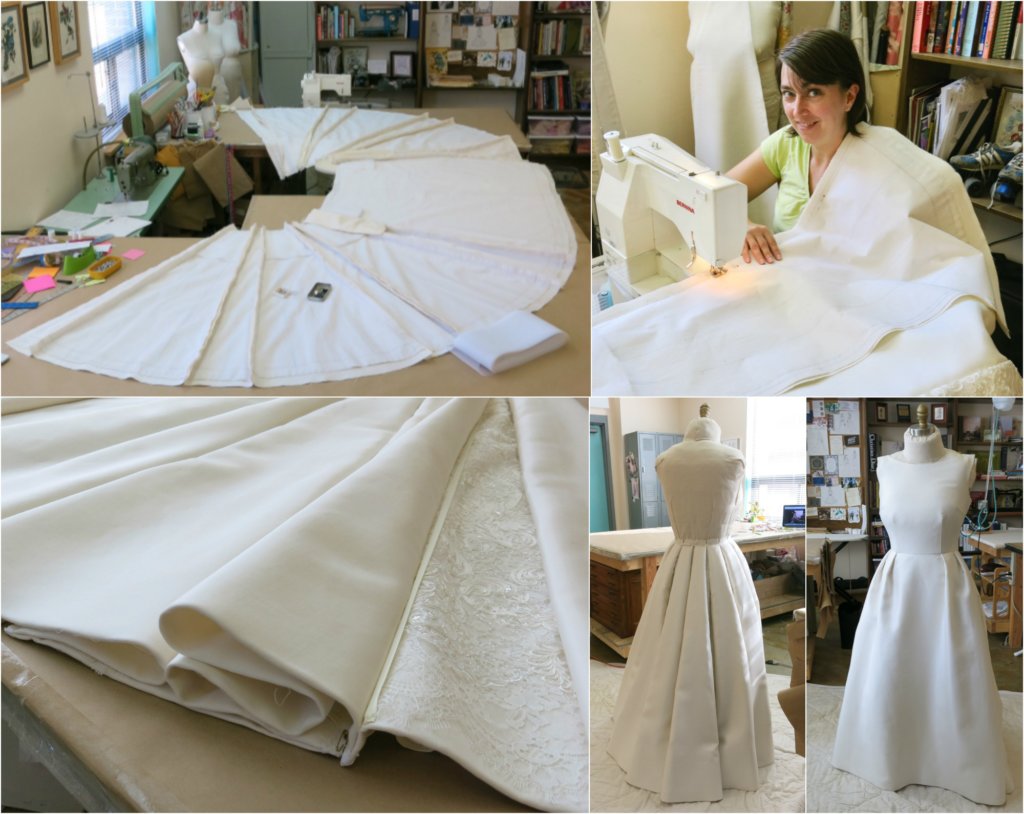
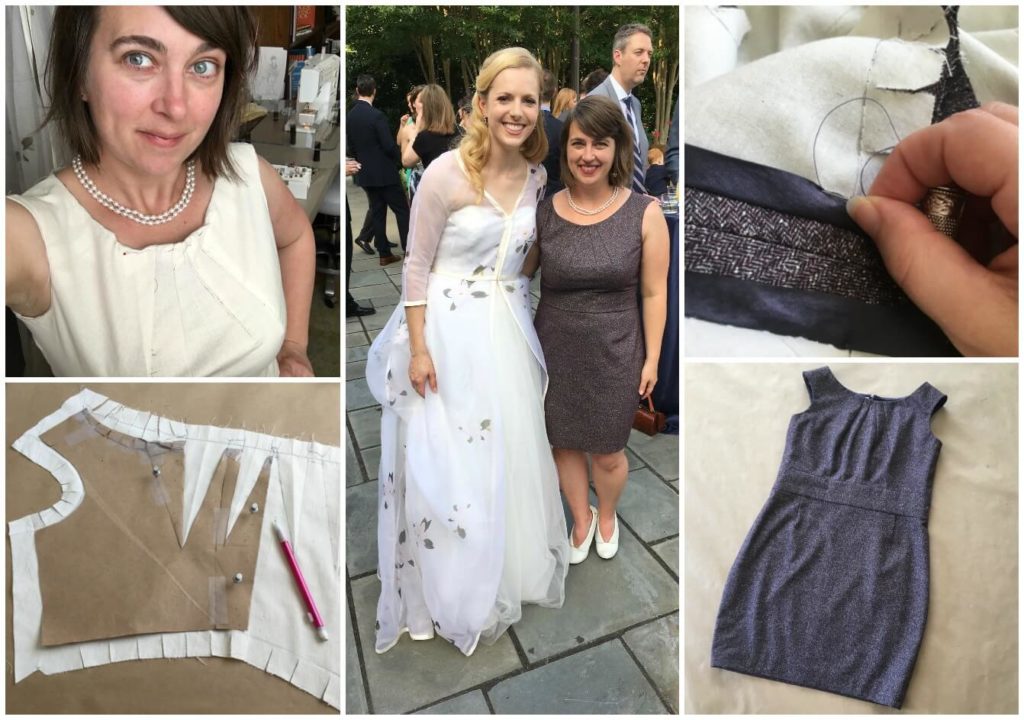

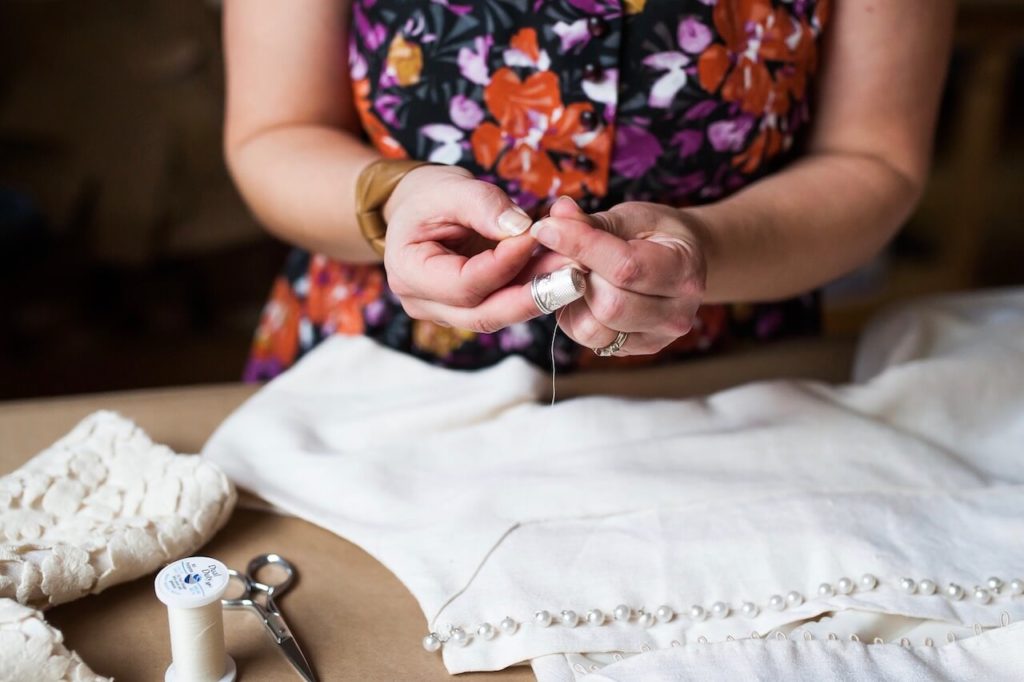
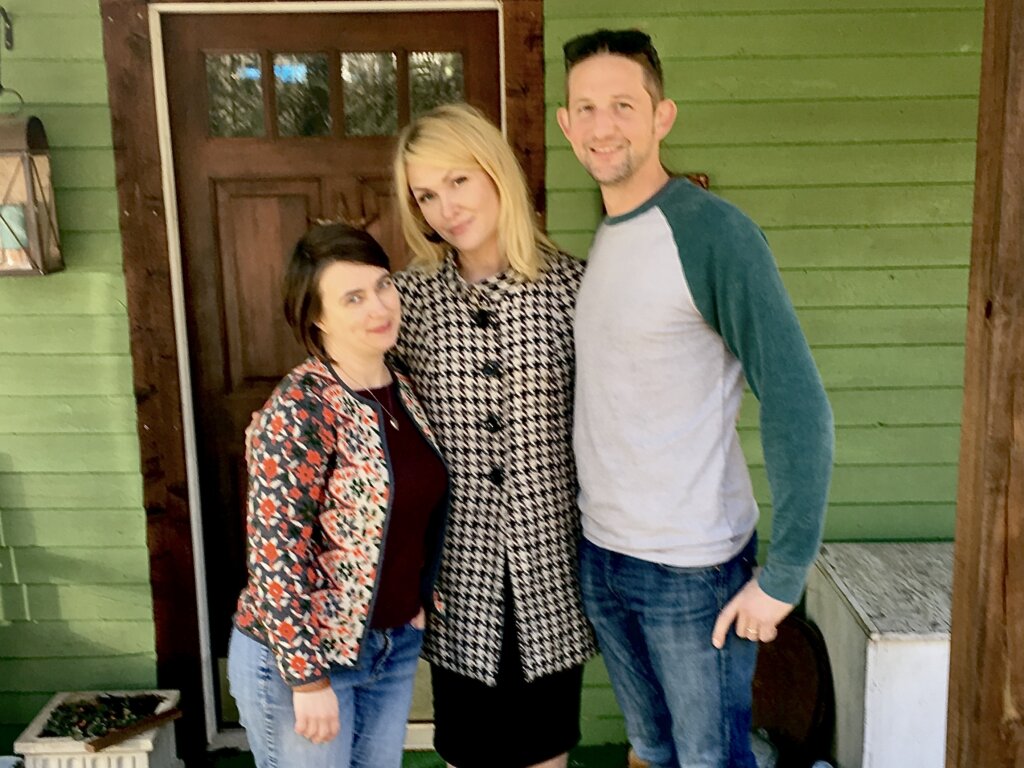
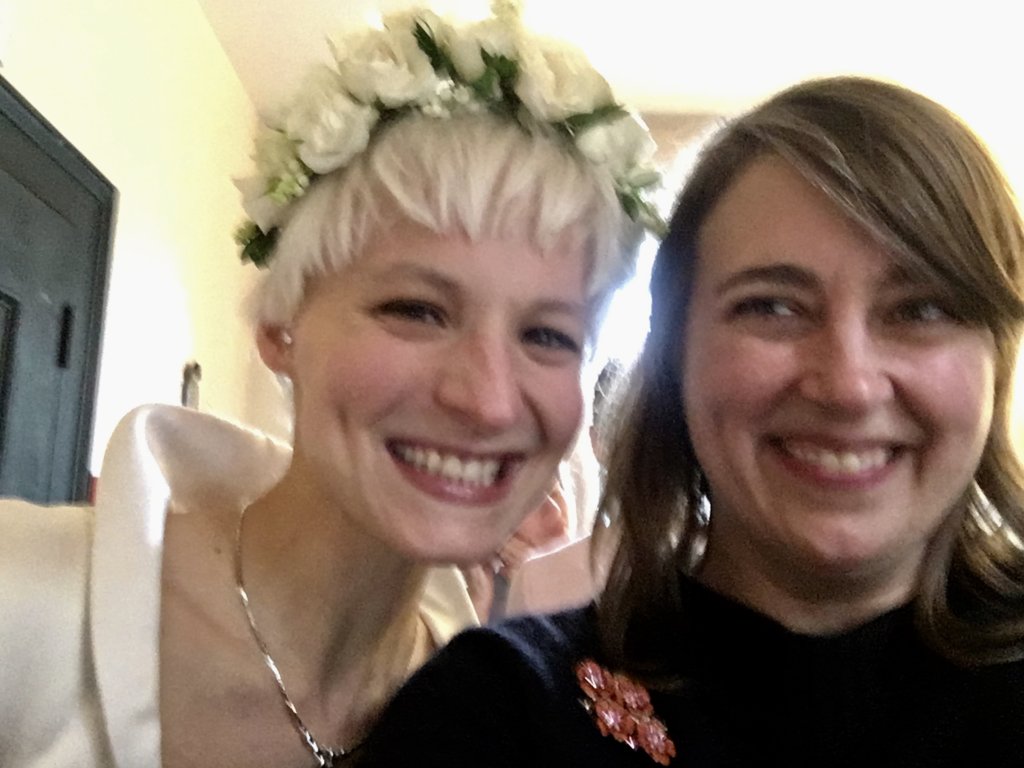
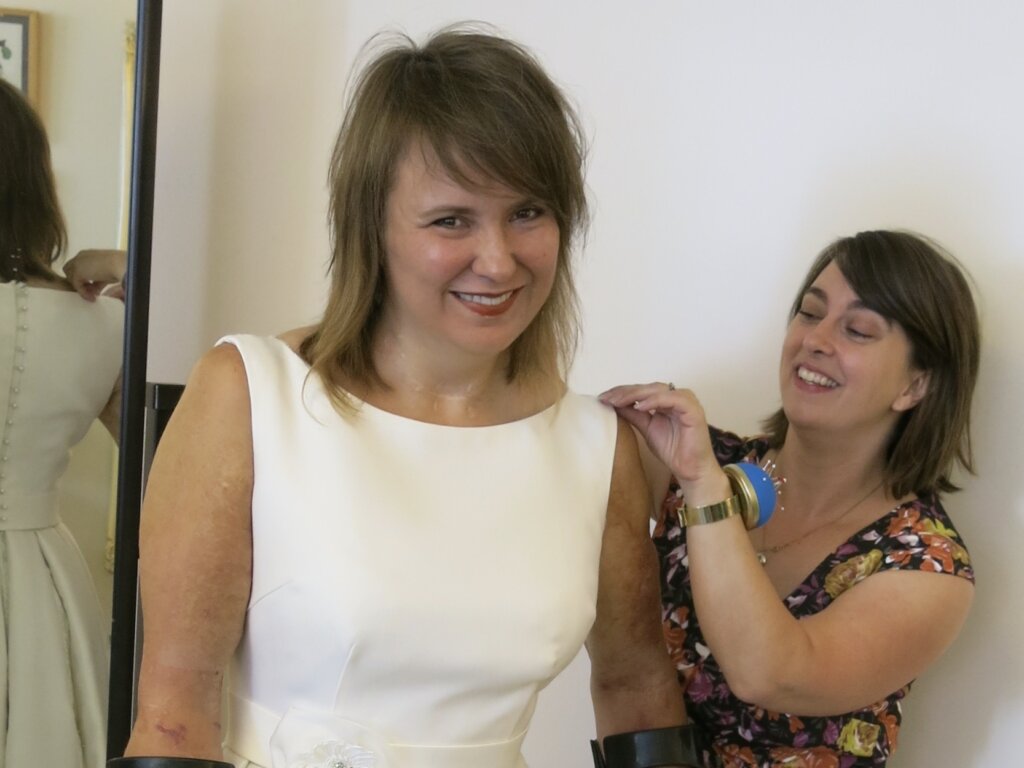



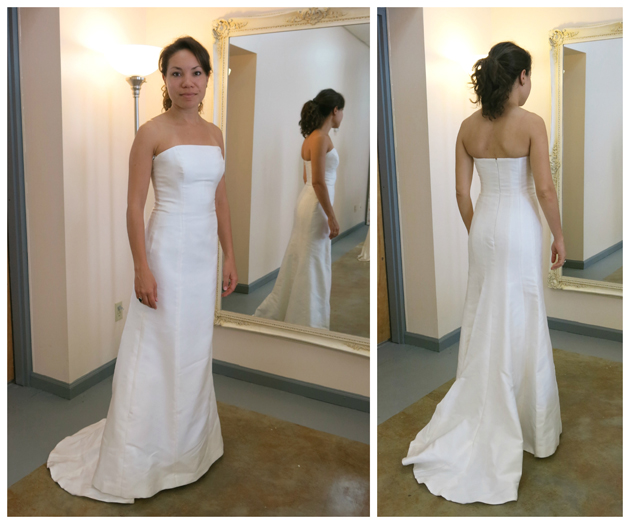
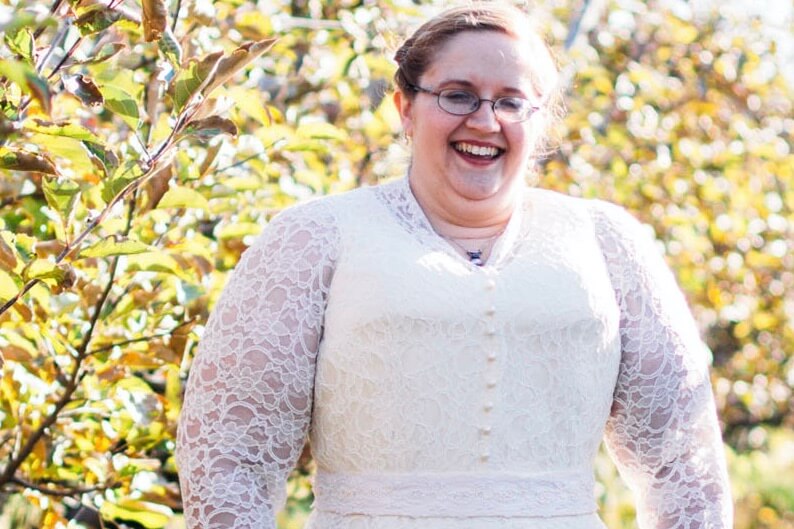

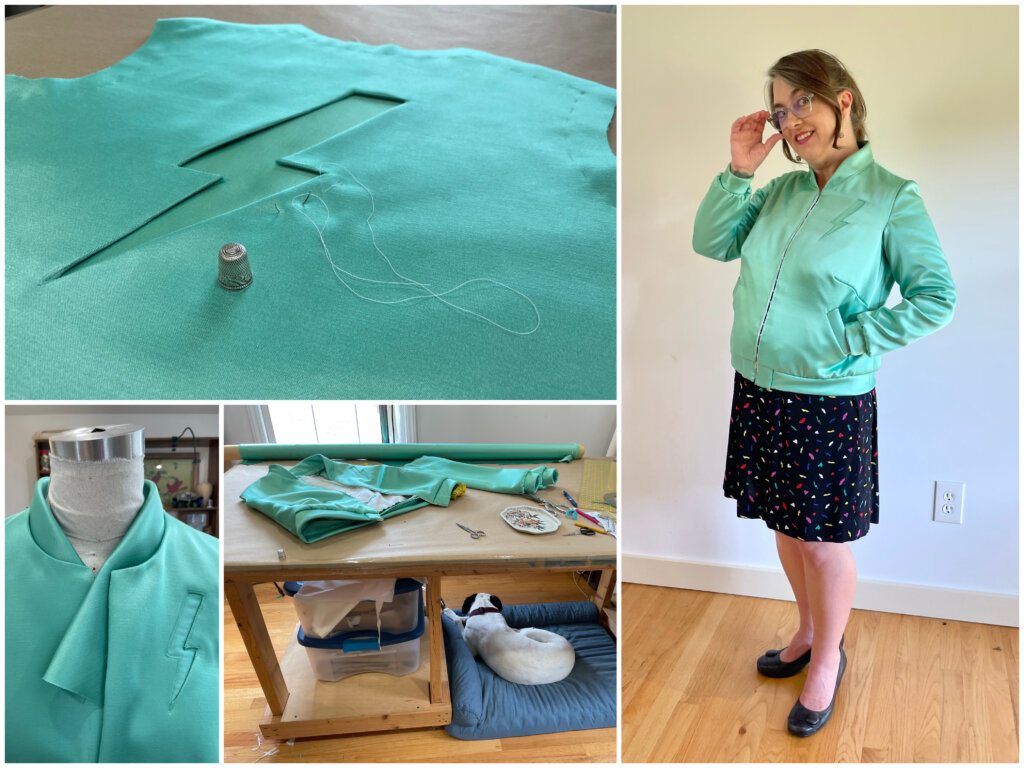
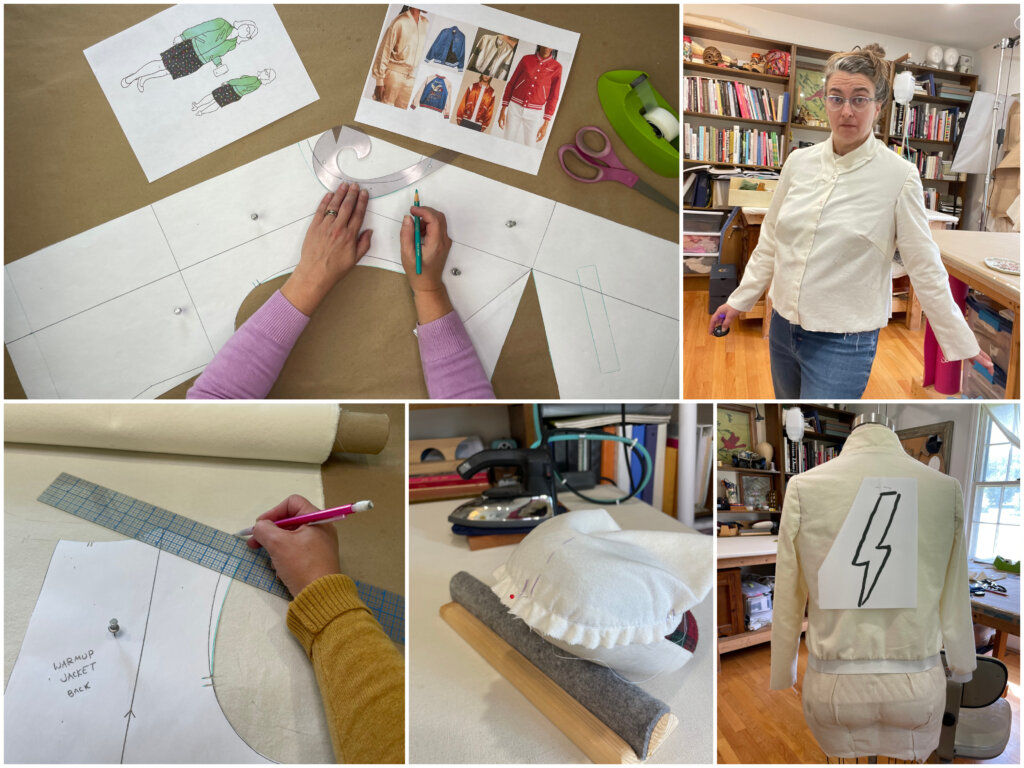
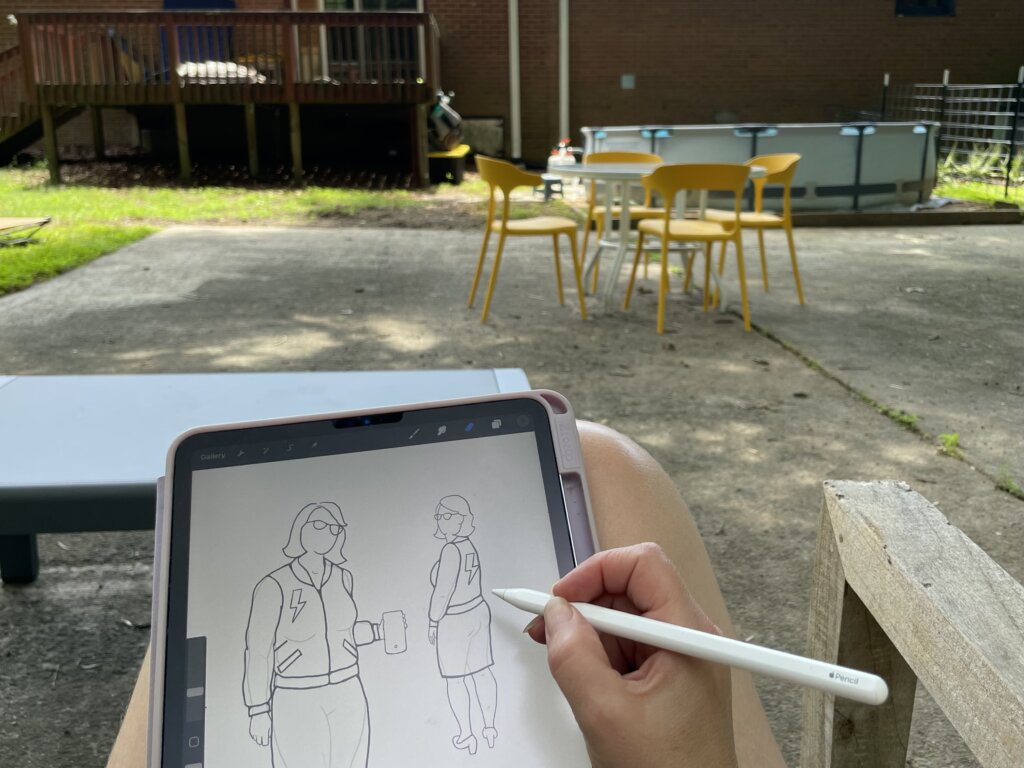
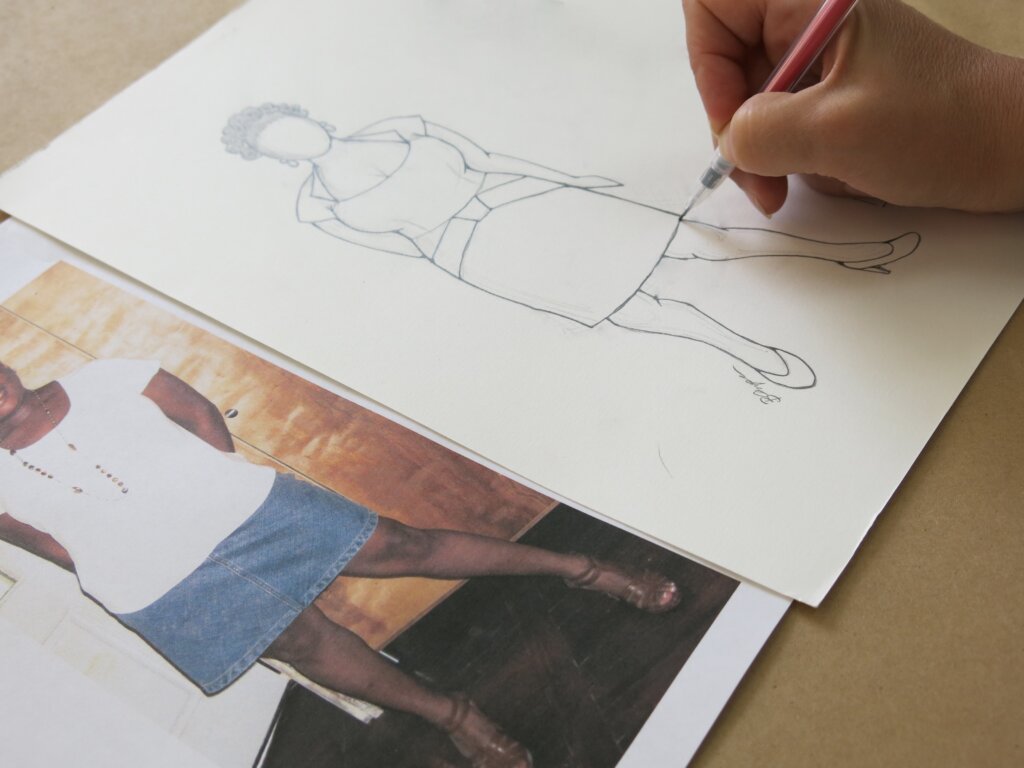
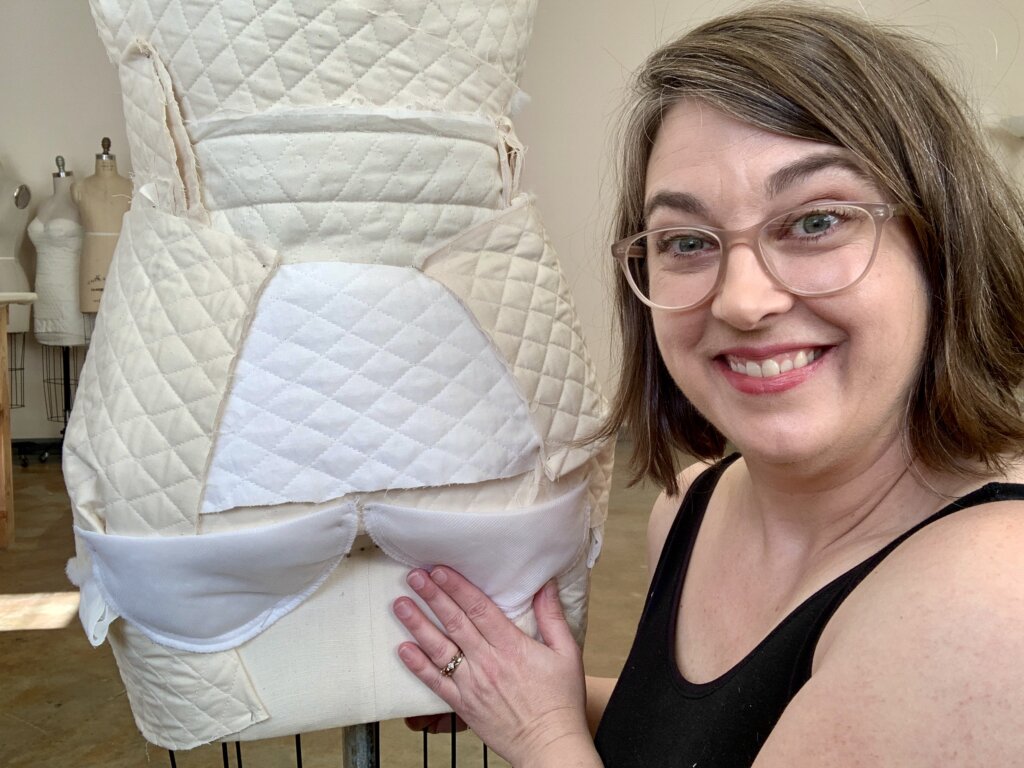
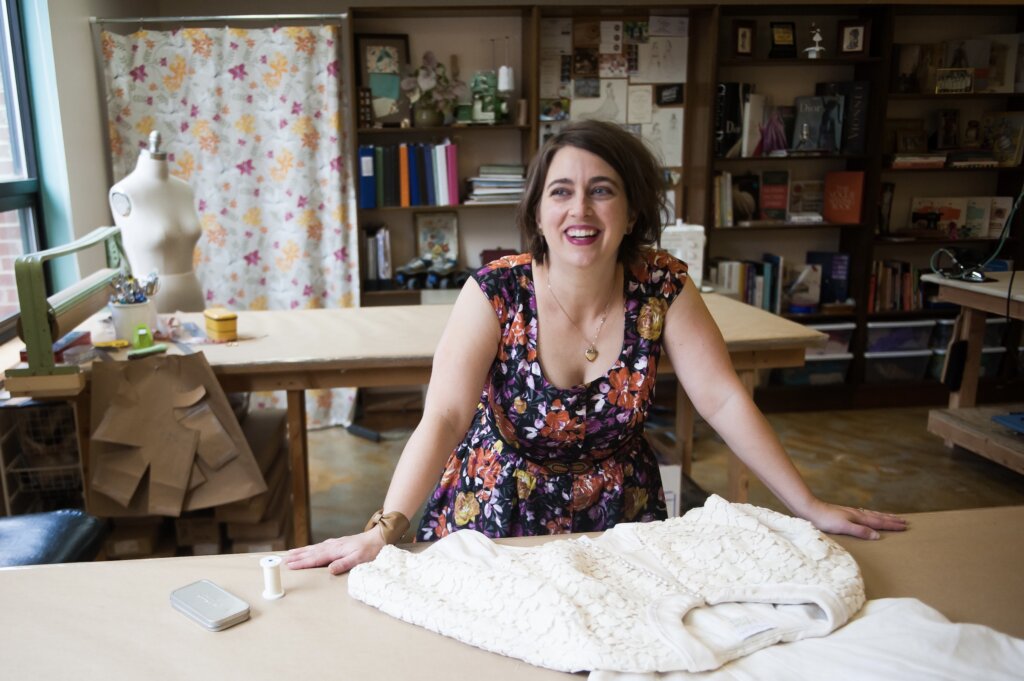
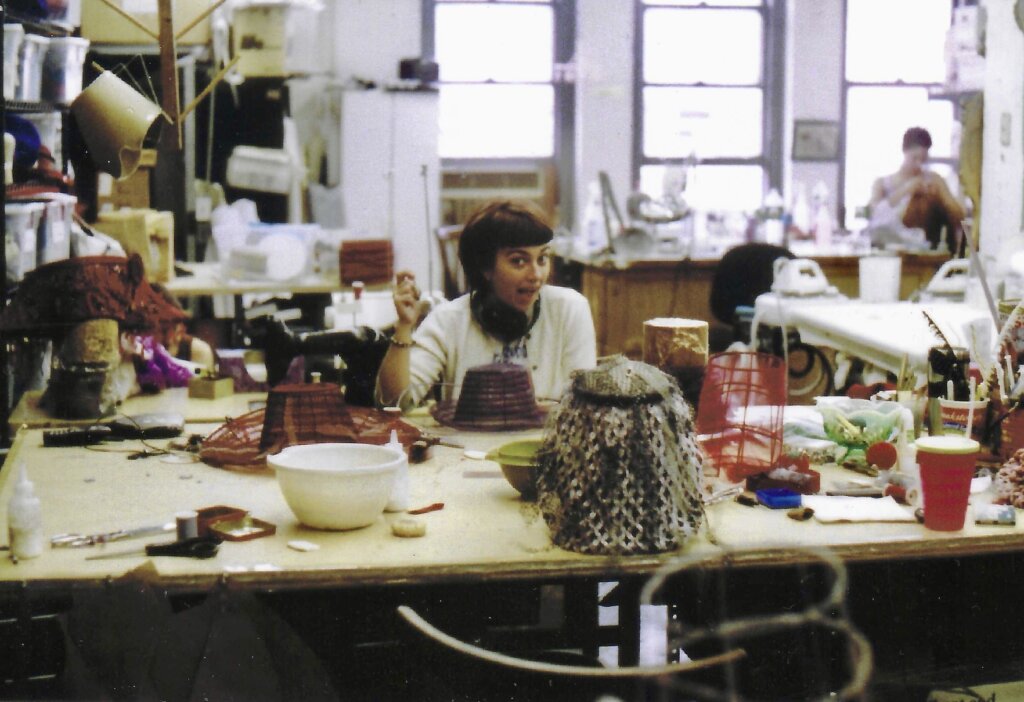

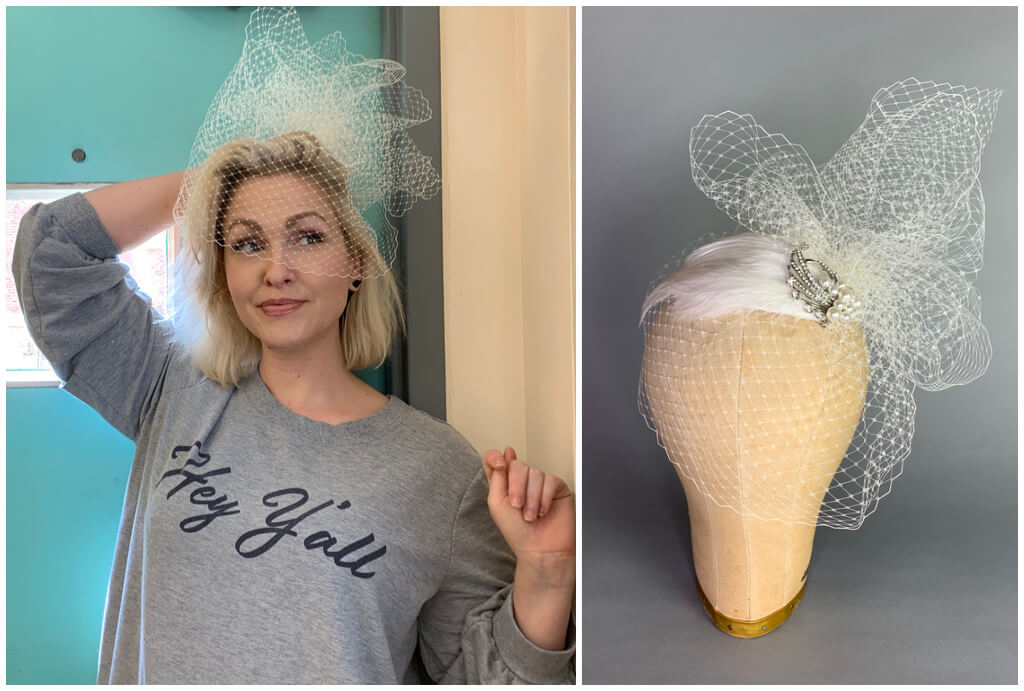
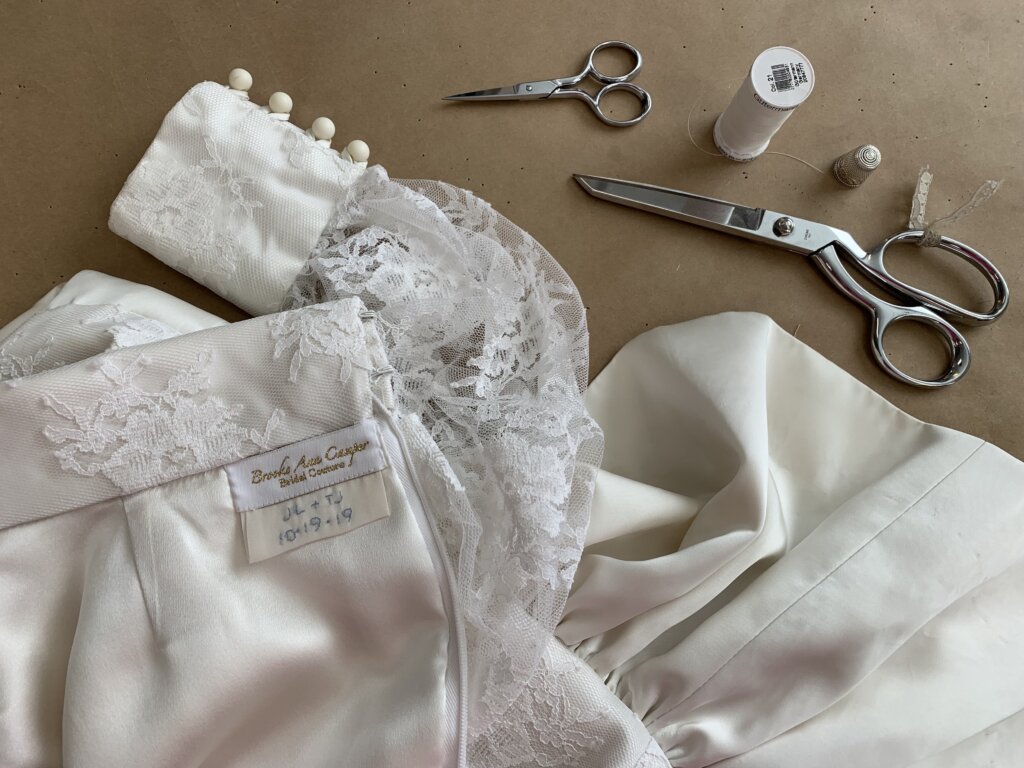
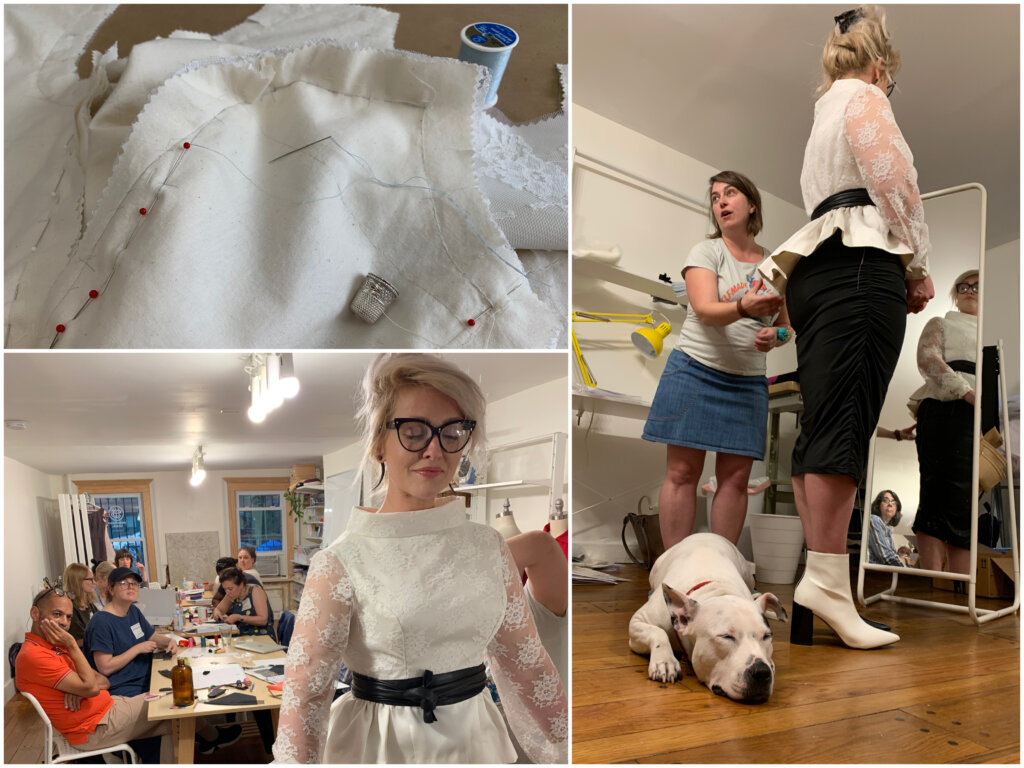
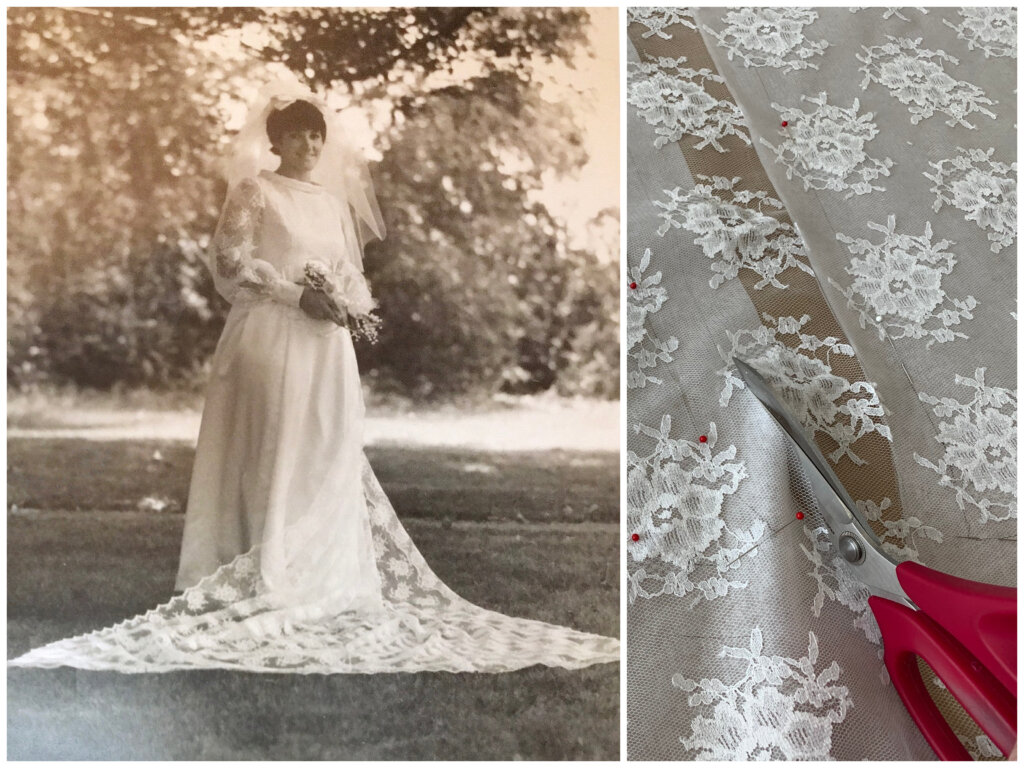
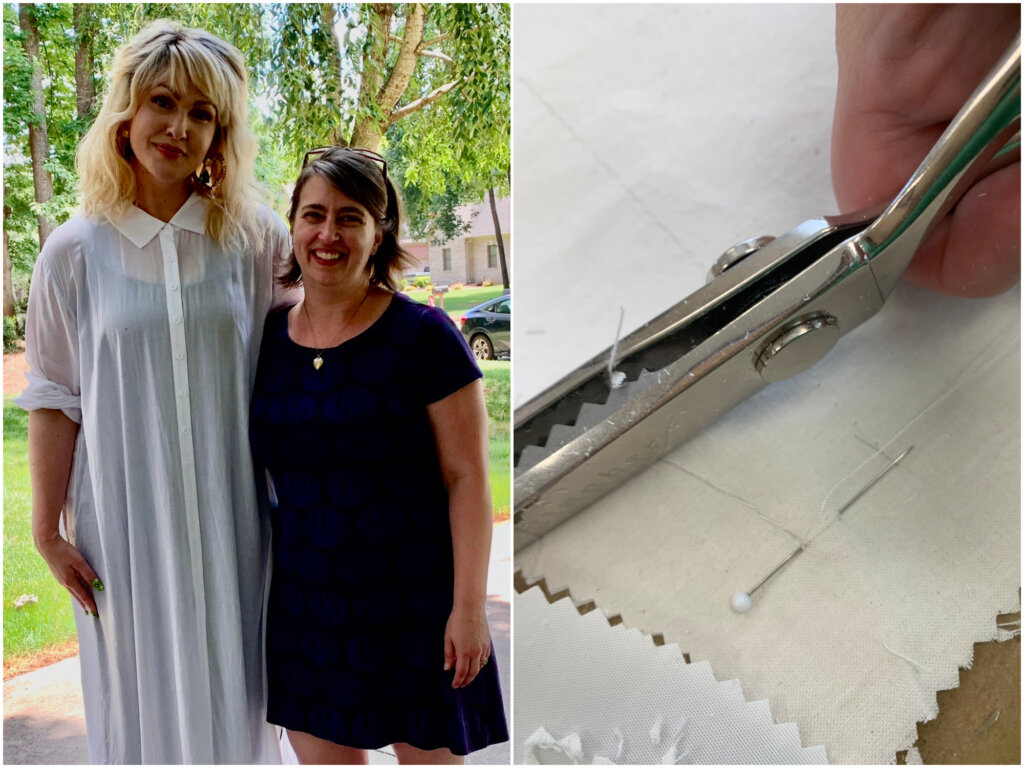
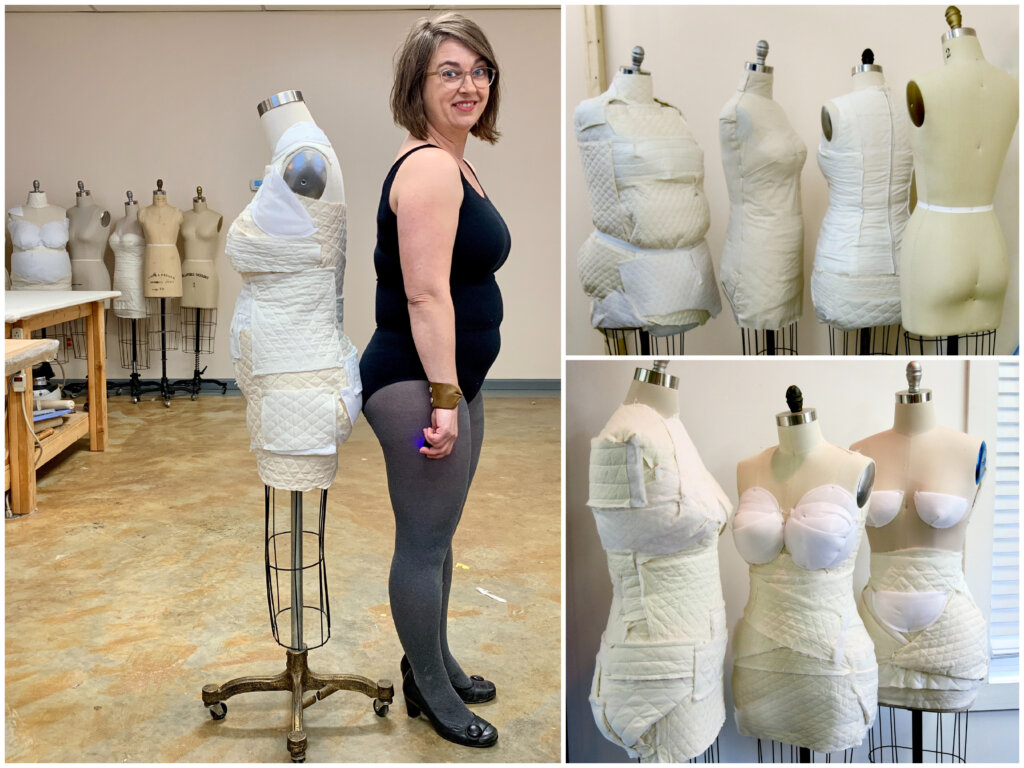

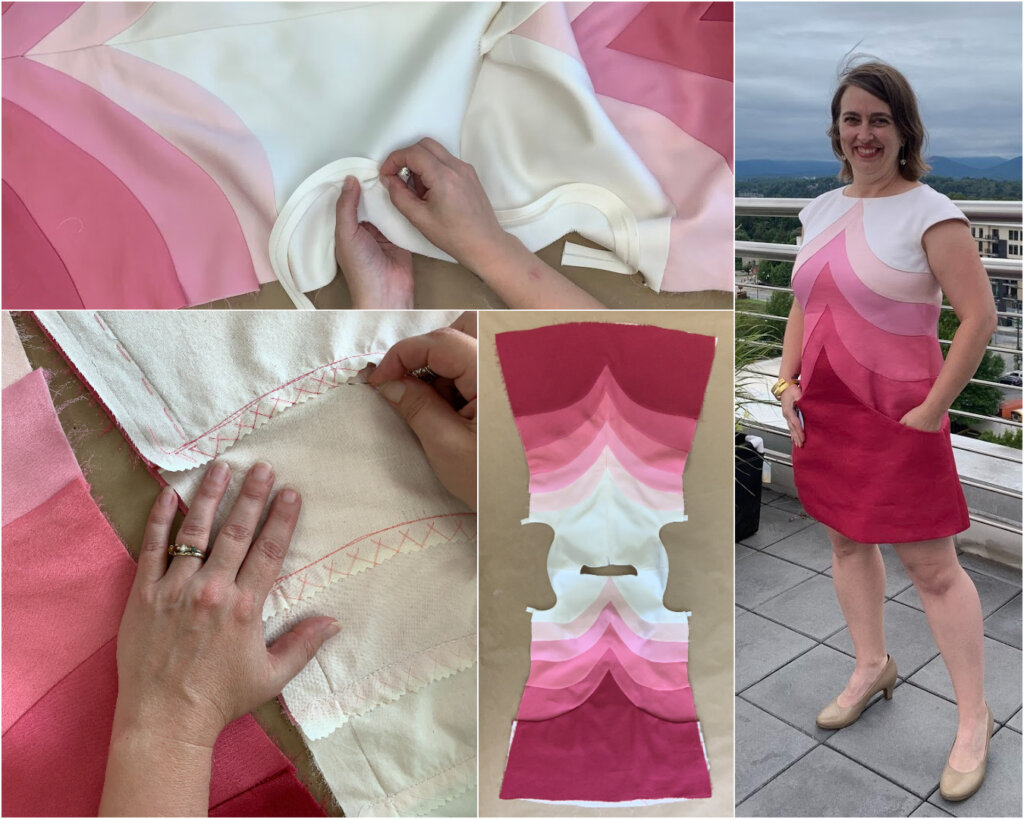
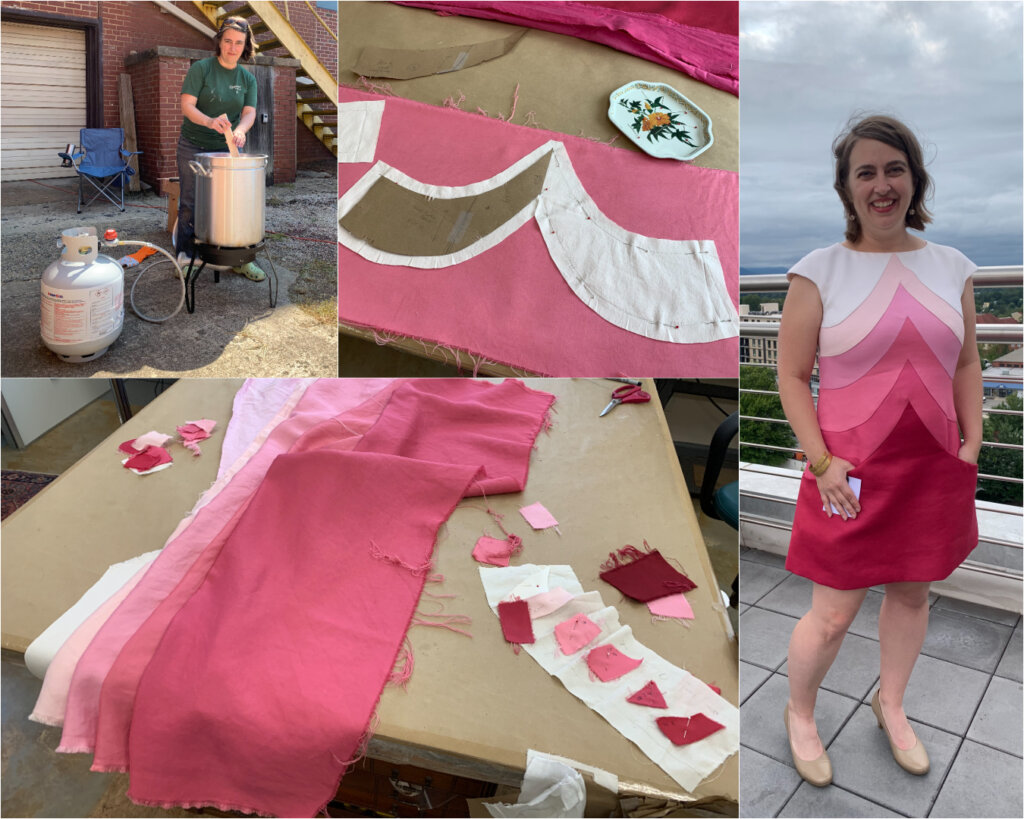
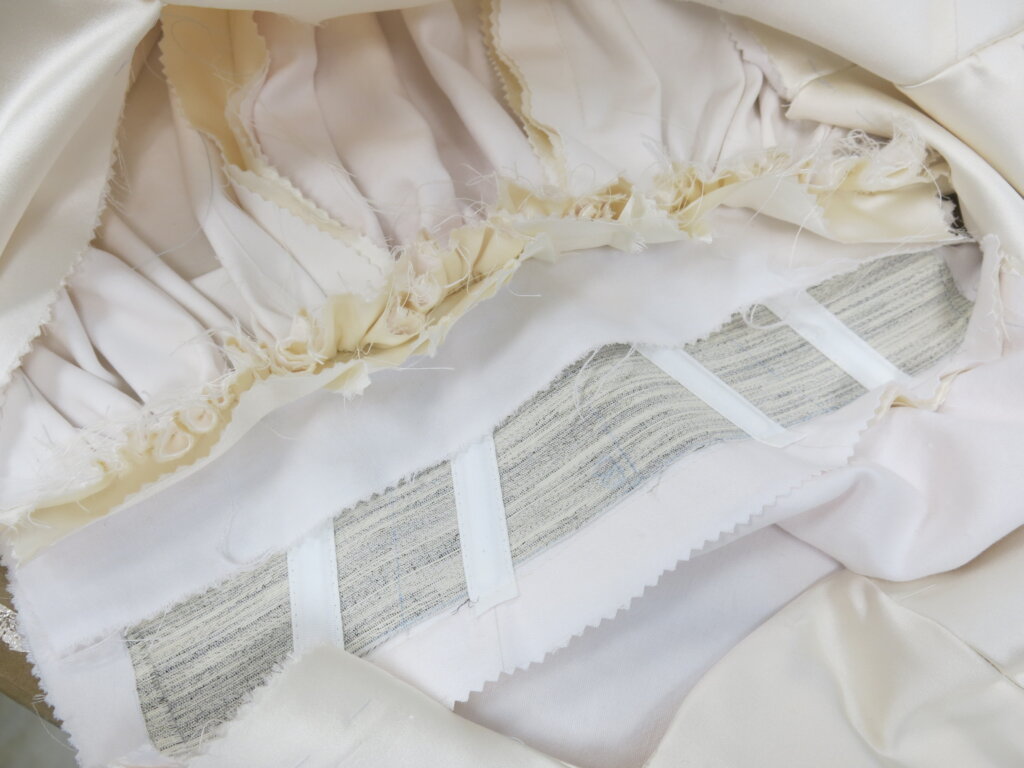
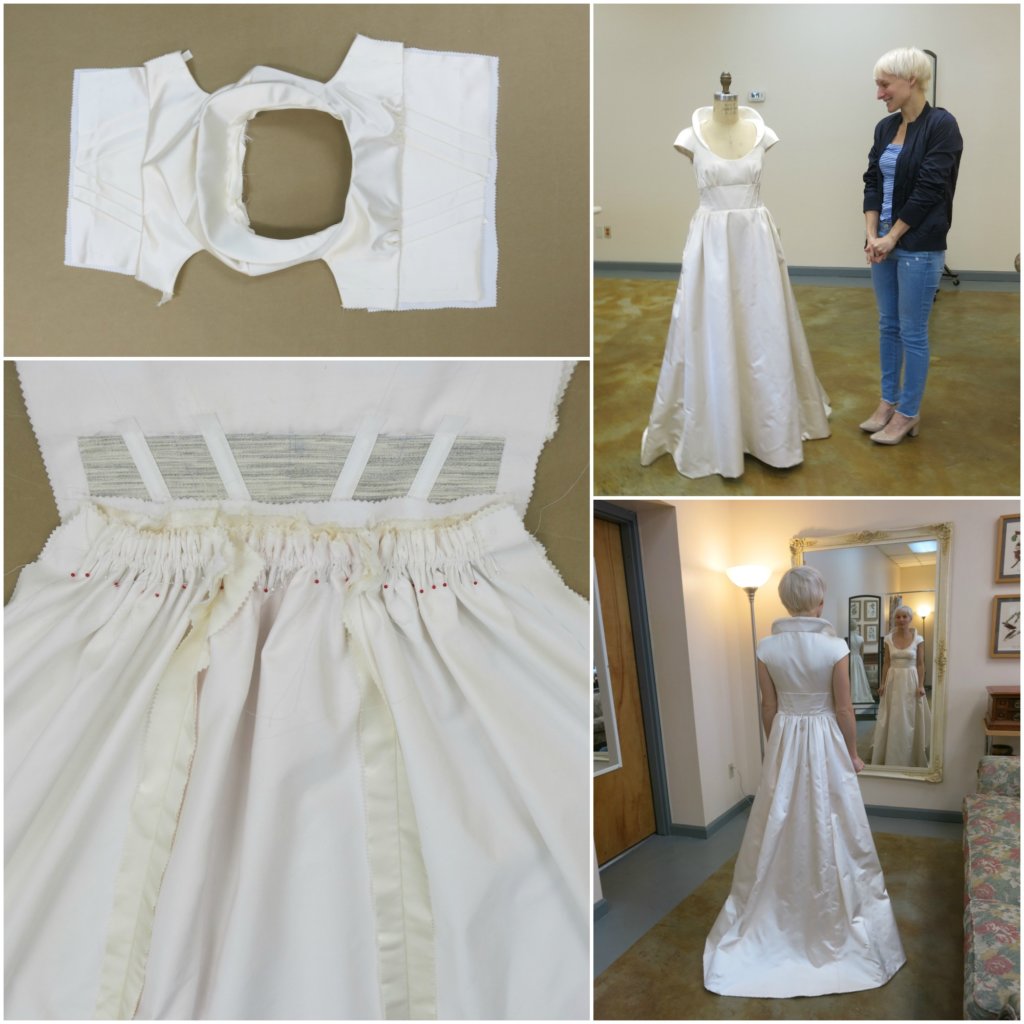
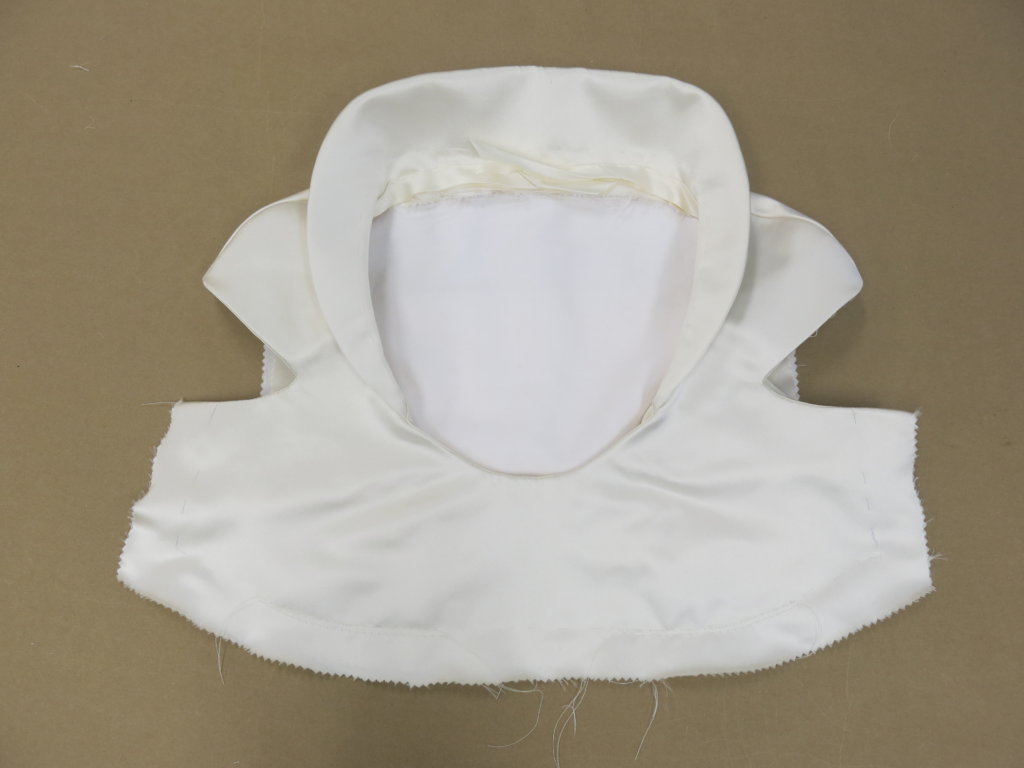
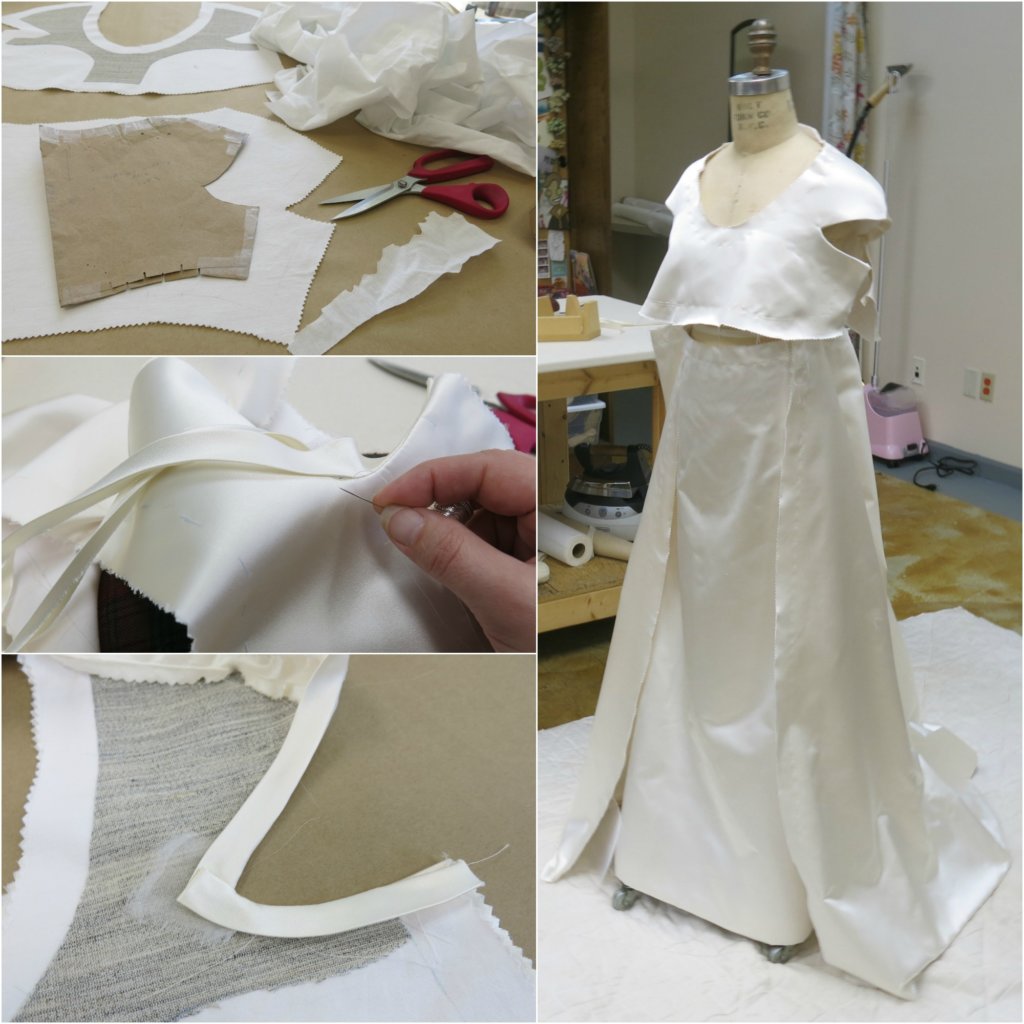










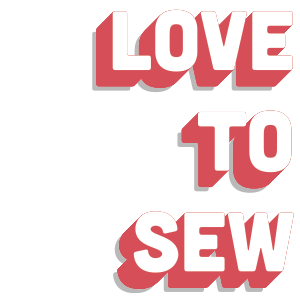








7 Responses
I’m working on a plaid dress made from a lightweight wool. I’m using silk organza to help me match the plaid perfectly, but I would like the dress to keep me warm, too. So, I’d like to add a lightweight flannel as another underlining. Is it possible to use two underlinings in a dress? I am lining the dress in silk charmeuse – again, another insulating fabric. I don’t want to be too warm, of course, but I definitely need it to be warmer than just the light wool and organza. The dress is very structured, and the skirt has 7 panels. I am thinking about joining the silk to the wool for matching and structure, then joining that unit to the flannel, but I have never heard of someone using two underlings. Is it still workable?
Hi Stephanie! I don’t see why it would be a problem! Maybe underline the charmeuse with the flannel (a combo I love!) and the wool with the organza? Do a test sample and see how you like the pairings. It could be just what you are looking for!
Could a jacquard be underlined with a crepe back satin? I see you underline satin with cotton and I’ve seen lots about other fabrics, but haven’t read anything about using satin as an interlining. I’m making a traditional Chinese style tops with a black rayon jacquard and think the red satin peaking out at the slit would be lovely. I considered using a cotton sheer mist, but I don’t like how it feels or how it changes the drape. The satin feels nice and also doesn’t change the drape in any negative way. The crepe bacl would be easier to keep in place since it grips to the main fabric a bit. I’m sure it will slide around if I’m not careful, but I plan to hand baste all seams to help with that. The satin would be more costly, but I picked it up at 75% off so it was less than the cotton I originally thought about using. The cost of silk organza is out of reach at this time. I already have the satin on hand as well as some sheer red bias strips (from another project) for Hong Kong seams.
Thanks for sharing all you wonderful dresses. I’ve enjoyed reading about the different dresses and the whole process.
Brooke
Sounds gorgeous! And your detective work seems to lead us both to believe that your crepe backed satin is a good choice for your project. Give it a try and see how it goes!
Thanks for the response. I did take a stab at it and it worked out beautifully! I was afraid it’d be too heavy with the thick jacquard, but it was fine. A little thicker than a thin cotton would be but the slickness the satin adds make up for any added bulk. I used your instructions here and can say it wouldn’t have turned out so well if I would have cut both separately from the pattern and sewn them together. This way is definitely the best approach and will save sanity when dealing with silky fabrics.
Thank you for all your information on interlining. I’m making our daughters wedding dress with a fitted bodice -sleeveless. I have lined the dress with the same satin polyester fabric, but haven’t used an interlining. Im now thinking that I should have used an interlining to avoid shading, but don’t know what fabric I should use. Ive always worried about which fabrics would work together. I have used interlining when tailoring but there were recommended fabrics to use. can you give any suggestions please?
Than you,
Ann
Hi Ann! Congratulations on your daughter’s engagement (and for making her wedding dress!)
To choose a fabric for underlining, think of adjectives for how you’d like your outer fabric to behave: stiff? soft? structured? flowy? Then all you’ve got to do is choose a fabric that has those qualities, and then test it with your outer fabric by laying them together over your hand or body or in some small constructions samples. If you like how it behaves, you’ve found your underlining fabric! If you don’t love the pairing, you will have learned a lot and will have gained more ideas for what to try next. I offer lots of fabric suggestions in this 3-part series (where you’ll learn that my favorite underlining is using my muslin mockup!)
Unfortunately, if you have already constructed the dress (and even added the lining!), you won’t be able to go back and add underlining now without taking everything completely apart. Underlining begins before the outer fabric is cut, while it is still flat (which is why it is often called flat lining.) So I don’t have recommendations for what to use now in this nearly-complete dress, but hopefully this info will help in future projects. As you can tell from this 3-part series, I love love love underlining!
Hope this helps!